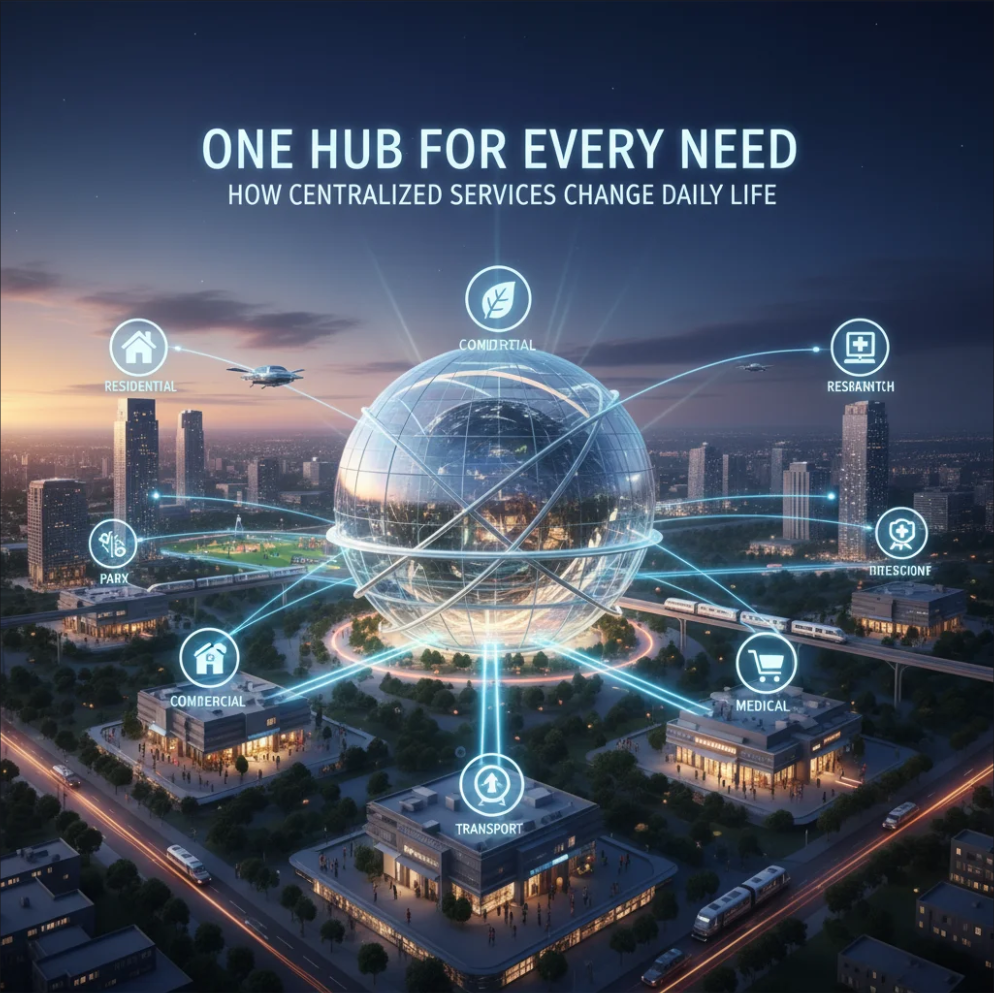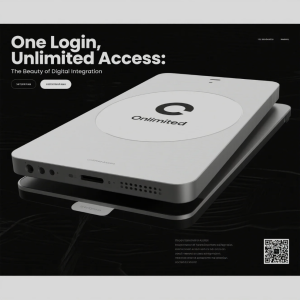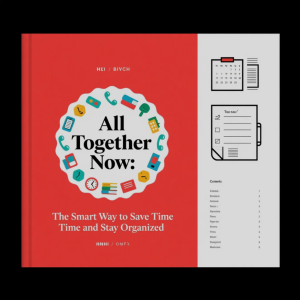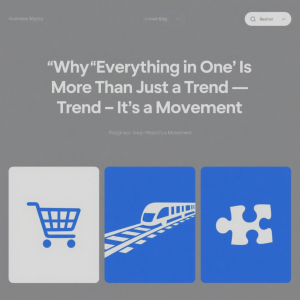In today’s fast-paced world, people crave simplicity and efficiency. Whether it’s managing personal errands, business tasks, or digital services, juggling multiple platforms, providers, and locations can be overwhelming. Enter the concept of centralized service hubs—places, physical or digital, where multiple needs are addressed in one location.
From convenience stores offering banking and postal services to online platforms that integrate shopping, communication, and entertainment, centralized services are transforming the way we live and work.
🌐 The Rise of Centralized Hubs
Centralized hubs combine previously fragmented services into one cohesive system. Examples include:
- Digital platforms: Apps that integrate e-commerce, banking, food delivery, and communication.
- Community centers: Physical hubs providing health, legal, and administrative services under one roof.
- Corporate solutions: Software suites offering HR, accounting, and project management in a single dashboard.
The benefits are clear: less time wasted switching between services, easier access, and a more streamlined experience.
⏱ How Centralized Services Improve Daily Life
- Time Efficiency – Completing multiple tasks at a single location or platform reduces wasted time.
- Simplified Management – Users can track all activities, bills, and communications from one interface.
- Cost Savings – Bundling services often results in lower fees and reduced overhead.
- Enhanced Accessibility – Centralized platforms often provide 24/7 access, especially in digital formats.
- Better Data Insights – Integration allows analytics to optimize workflow, spending, and productivity.
🏠 Real-Life Examples
- Online Banking Apps: Many now integrate payments, investments, budgeting tools, and customer support in one app.
- Smart City Hubs: Municipal centers where citizens can pay bills, access public services, and attend events in a single location.
- All-in-One Marketplaces: Platforms that combine shopping, food delivery, ticket booking, and social networking.
These hubs reduce friction, making daily routines faster, easier, and more enjoyable.
💡 Key Considerations
While centralized hubs are convenient, there are a few points to keep in mind:
- Privacy and Security – Consolidating services often means sharing sensitive information in one place. Choose platforms with strong data protection.
- Reliability – A centralized hub is only useful if it’s functional and stable. Downtime can disrupt multiple aspects of daily life.
- User-Friendly Design – The interface should be intuitive; otherwise, the convenience can be lost.
✨ Final Thoughts
Centralized services are not just a trend—they’re a fundamental shift in how society organizes convenience and efficiency. By offering “one hub for every need,” these solutions save time, reduce stress, and enhance productivity. Whether in our digital devices or physical communities, the hub model is redefining everyday life.




